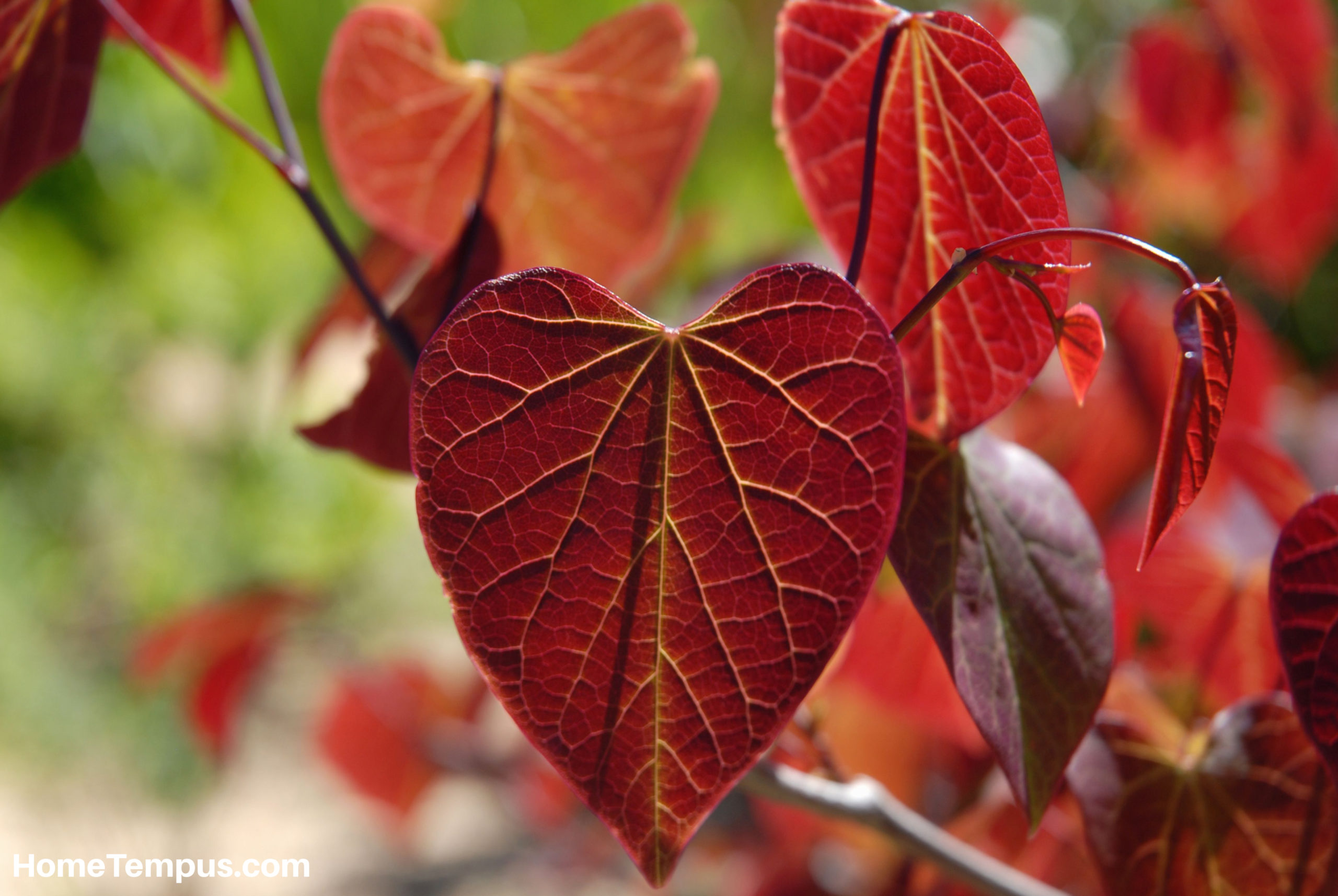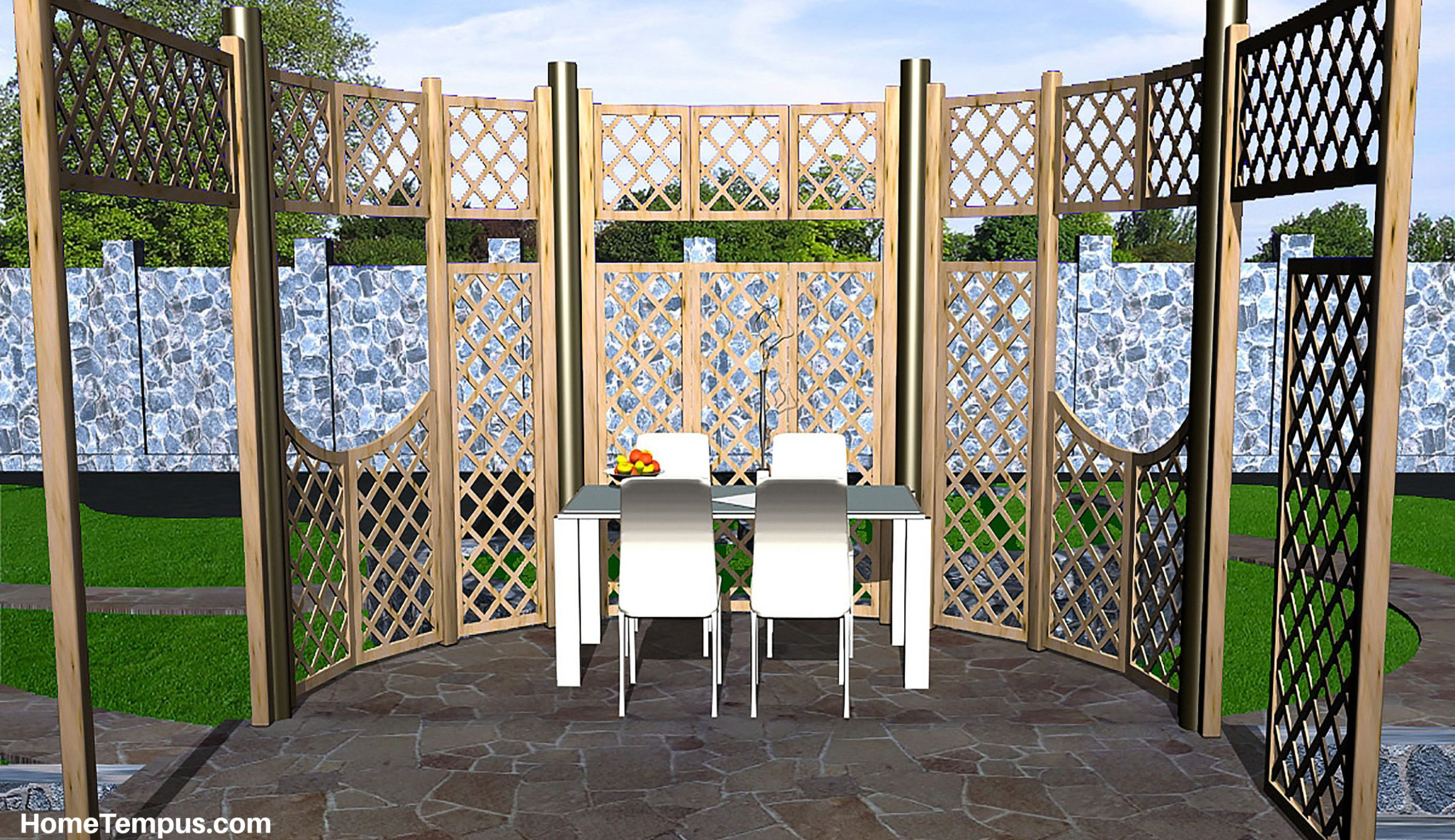“How long do tomato plants live?” is a question many first-time gardeners ponder over when sowing their seeds.
Ask any gardener; homegrown vegetables are unbeatable. Known for their delicious flavor and freshness, the gratification of growing your food is well worth the effort; however, like any new adventure, there are a few things you need to know before you start.
Tomatoes are no different. Despite being used mainly in savory applications, tomato, which is actually a native South American plant that flourishes in tropical climates, is actually classified as a fruit. However, it is possible to grow them anywhere with a little bit of effort.
But the first question I had before planting it was how long do tomato plants live? Here is what I found out about the life cycle of tomato plants and how to ensure it lives as long as possible.
How Long Do Tomato Plants Live?
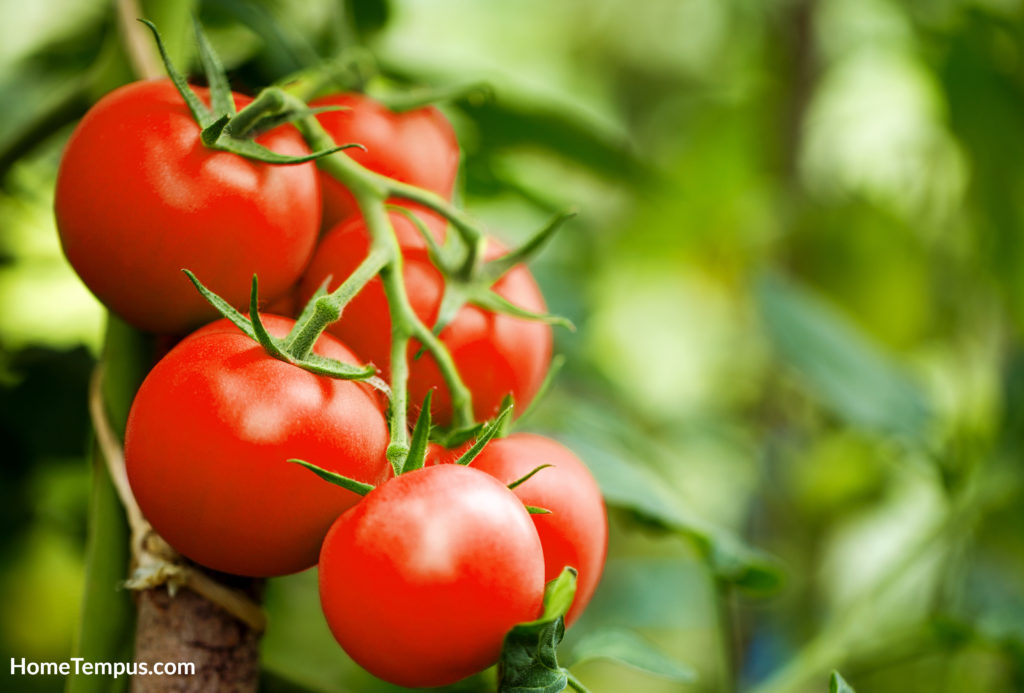
Typically speaking, a normal tomato plant will live through one growth cycle outside. This is about six to eight months.
However, this can be dramatically prolonged when the best growing conditions are created indoors. Some indoor plants can live between two and five years. Proper propagation of cuttings can ensure an endless supply of plants as well.
Perennial vs Annual
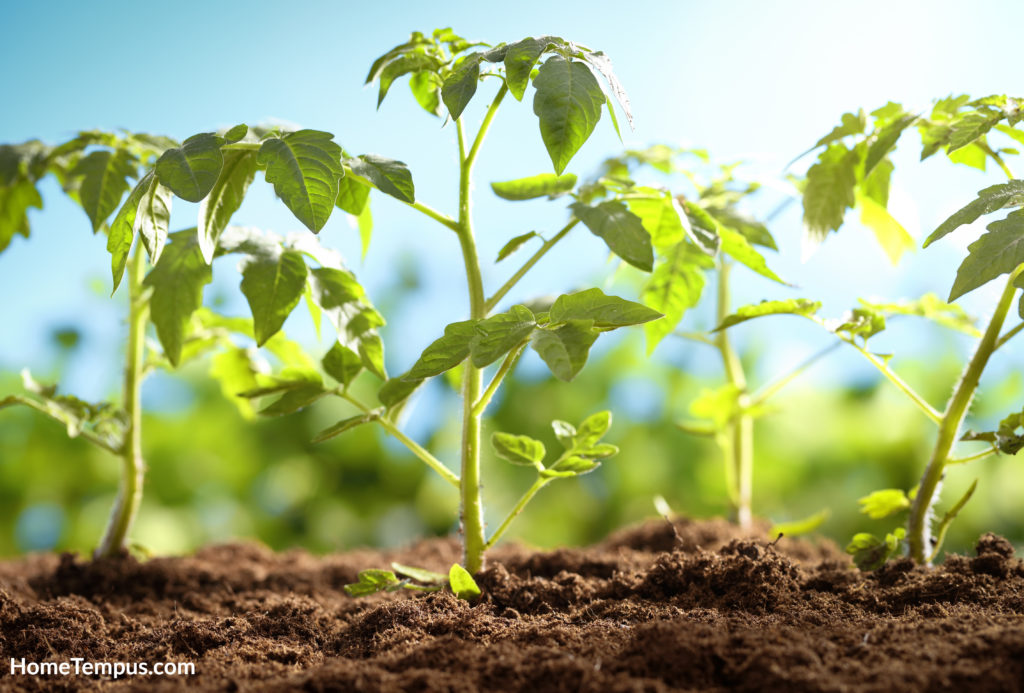
Given the life expectancy of tomatoes, one would think they are annuals however, they are naturally perennials in their native habitat. However, due to the lack of perfect conditions outside their native lands, they tend to be grown as annuals instead.
Many botanists consider tomatoes to be tender perennials. This is because they tend to die if the temperature is too cold or if there is frost. Other plants that do the same include peppers and sweet potatoes.
Recommended Reading
- Flowers that start with A | 26 Beautiful Flowers
- Flowers that start with Z | List of 9 Beautiful Flowers
Tomato Plant Life Cycle
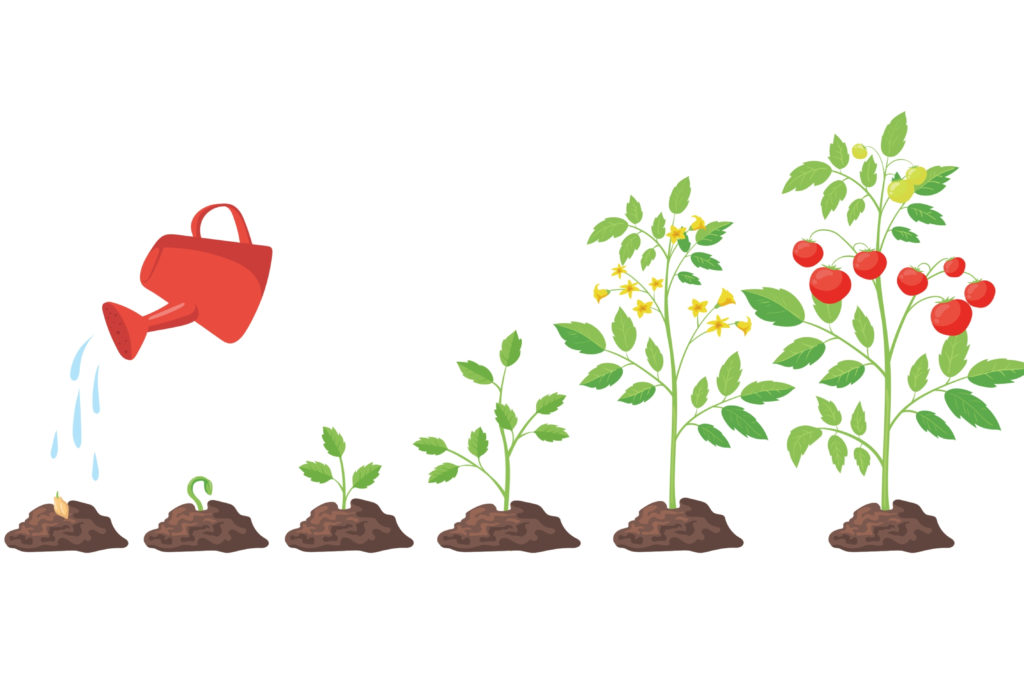
To get from seed to fruit, tomatoes have a long journey ahead. The best way to learn about the life span of a tomato is via a timeline.
Tomato Plant Growth Timeline
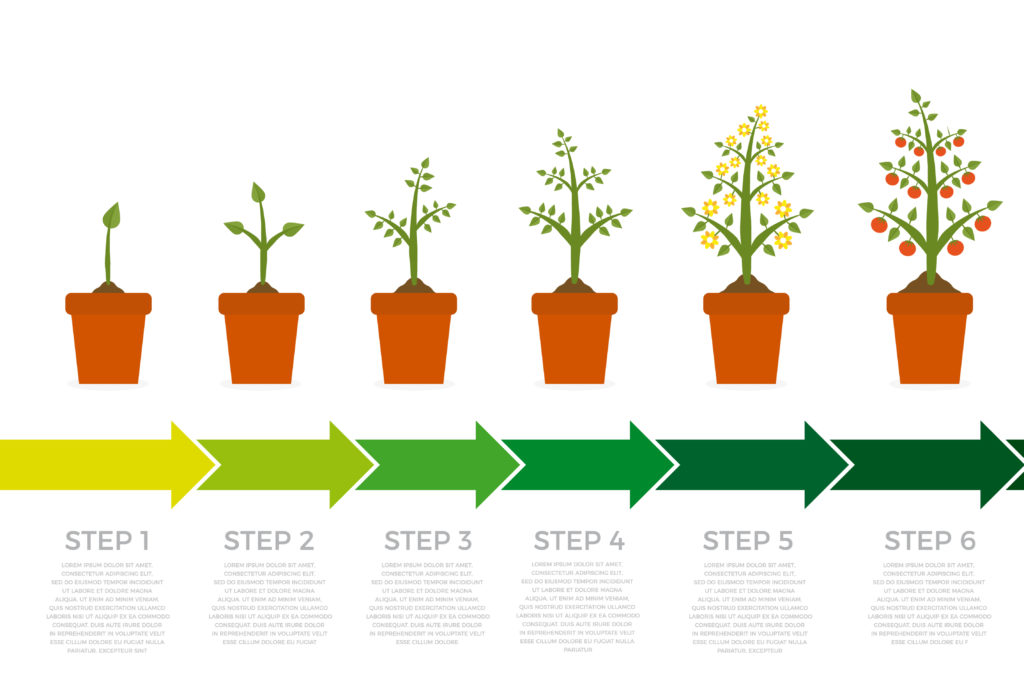
The taste of homegrown tomatoes that have just been picked off the vine is unrivaled and well worth the wait and effort to grow them.
Especially when you consider the long processes the plant undertook to eventually produce the delicious fruit we use in our salads and food. From seed to plate, the tomato plant goes through four growth stages during its life span. Each stage is affected by its specific variety, location, and conditions. These are the stages:
Stage 1:
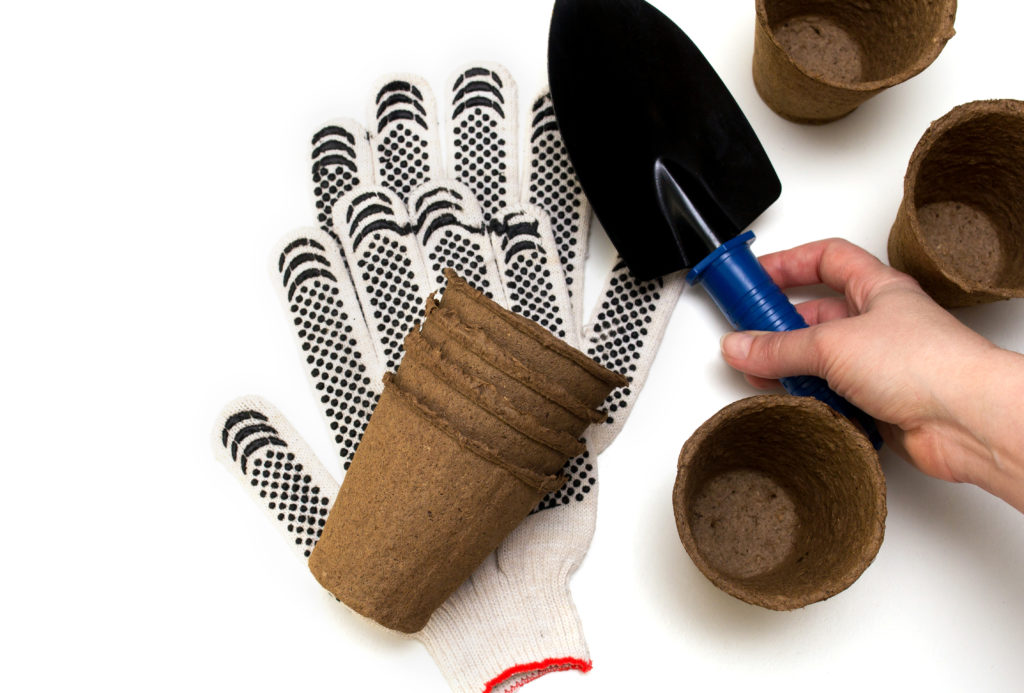
Sewing of seeds indoors in conditions designed to help the plant germinate. The seedling should be started at least six to eight weeks before winter ends.
By the time the last frost is over, the tomato plants would be about six to ten inches tall. Purple veins will appear on the leaves, this is an indicator that it is time to move the plants to the ground.
Stage 2:
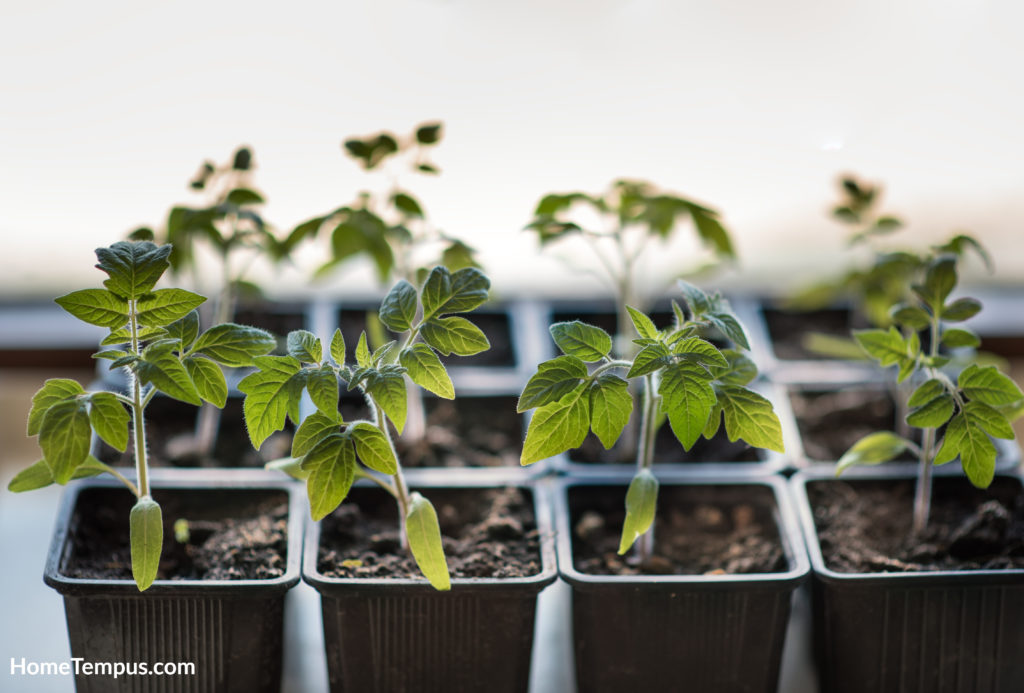
At this stage, the plant will begin to grow rapidly. New leaves will develop and the plant will show massive growth within two-week intervals and grow new roots.
Once the plant is between twelve and eighteen inches tall, it will grow new stems and flower buds in preparation for the next stage.
Stage 3:
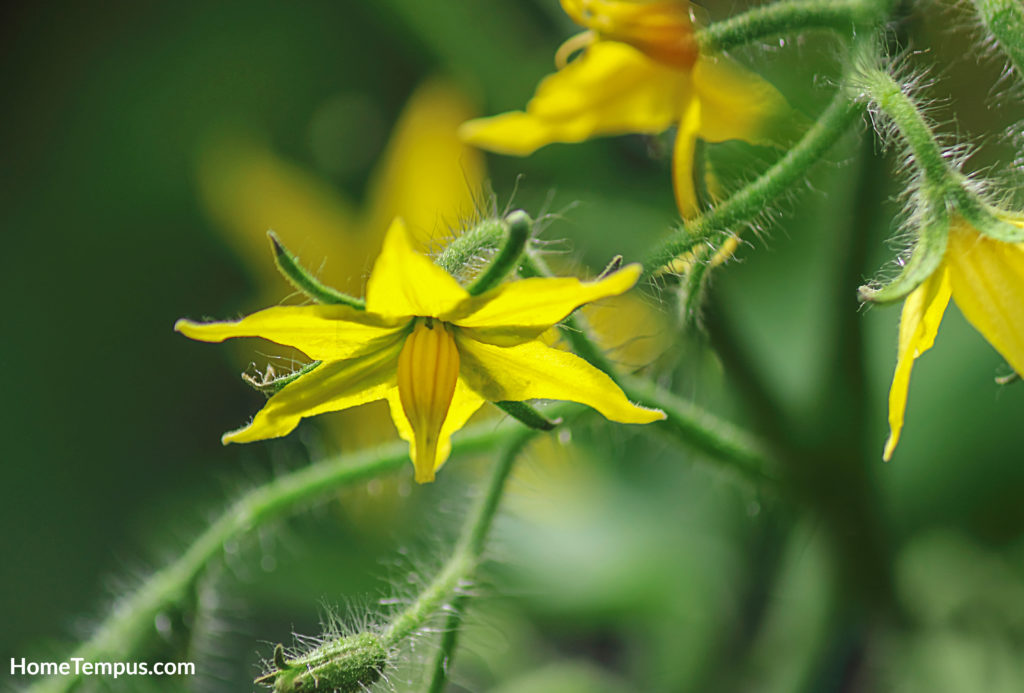
Stage three usually takes place in late spring or early summer.. During this stage, the flower buds give way to small yellow flowers. At this stage, the plants need to be tied up and supported with trellises or stakes.
Make sure the temperature remains consistent as too cold or too hot could result in bad pollination or the flowers dropping off before they can produce tomatoes..
Stage 4:
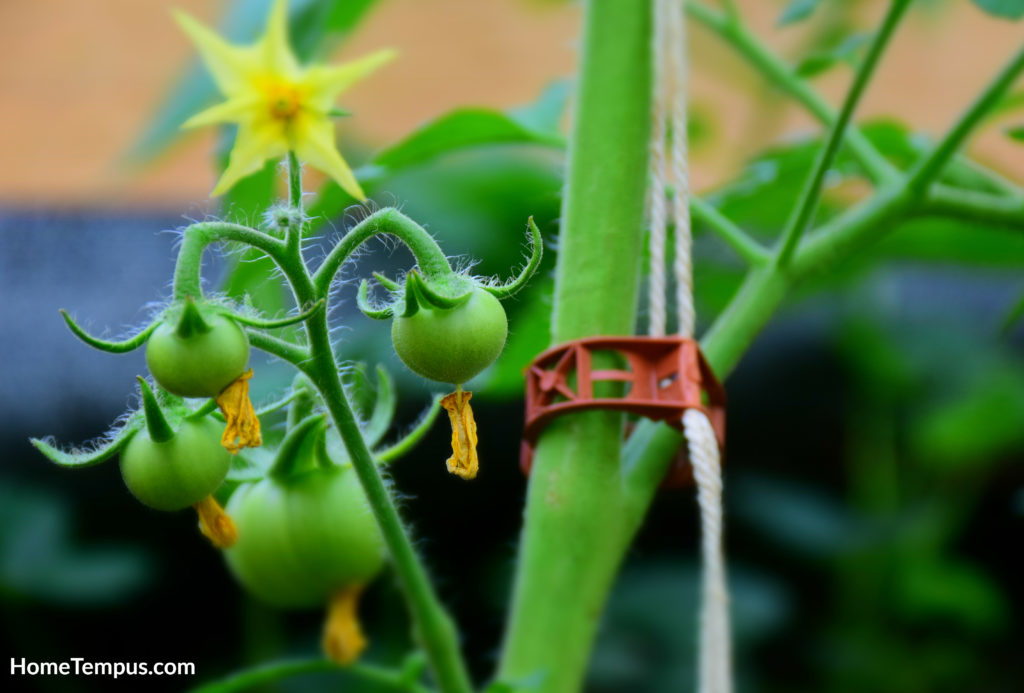
The final stage is Fruit Development. During this stage, the flowers fall apart to allow young tomatoes to bud. These look like small green peas.
The budding tomatoes will stay green for at least forty to fifty days before turning a rosy pink, yellow, or orange depending on the type of tomato you are growing. By around seventy to eighty days later, the plant will have reached maturity.
When Do Tomato Plants Die?
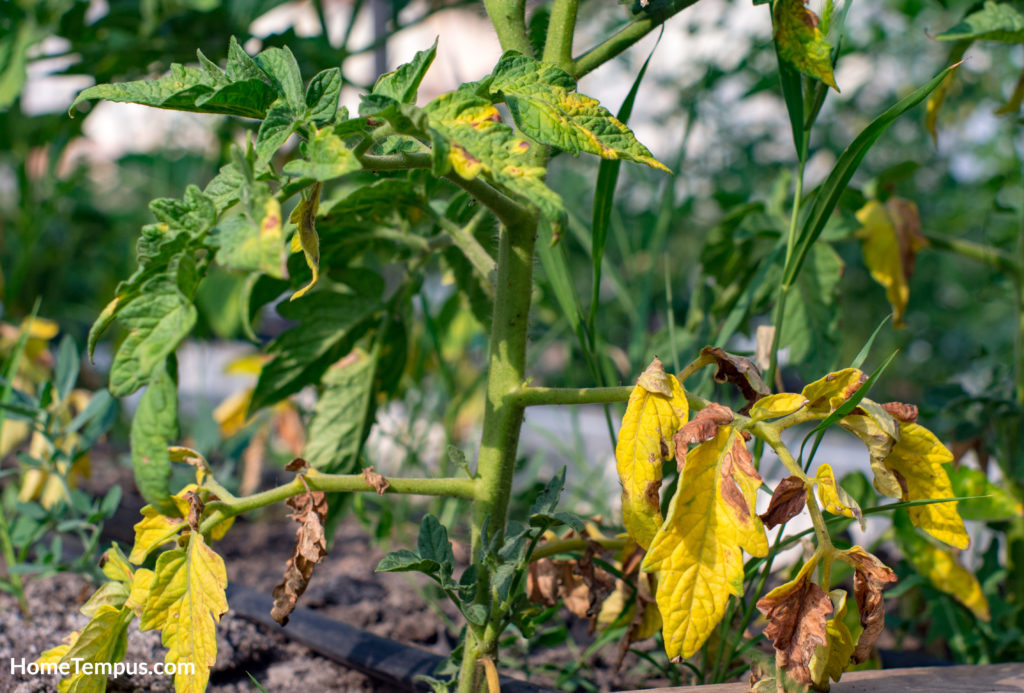
There are many factors that could lead to a tomato plant dying including issues with water, poor lighting or even poor quality soil that is lacking in nutrients.
These could all lead to slow or inhibited growth or low-quality fruit. Other things like insects, pest damage, and diseases can also kill your tomato plants quickly.
Provide Ideal Growing Conditions
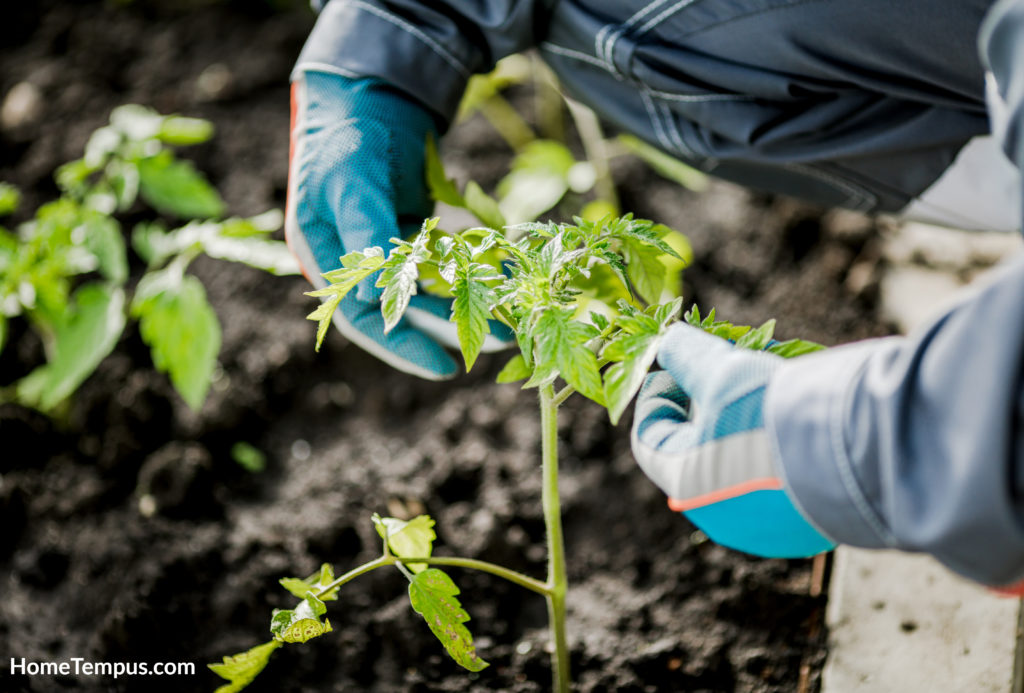
Despite many things that could impact the health of tomatoes, they are pretty easy to save and protect, here’s how:
Soil & Nutrients
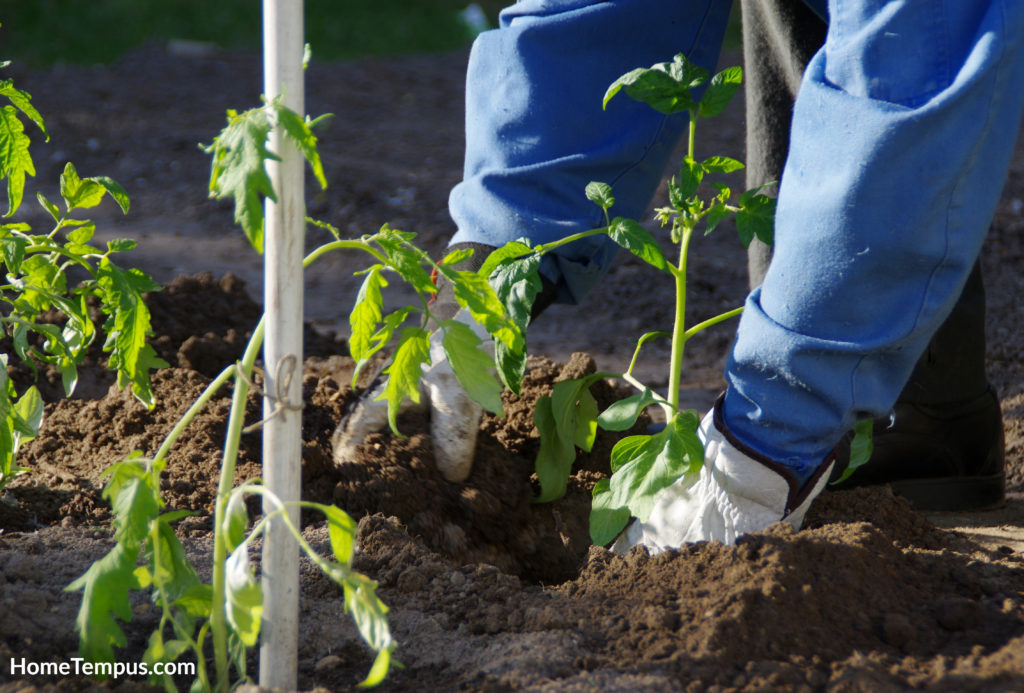
It’s time to test the pH of the soil! Tomatoes are sensitive plants that need near perfect conditions to thrive. They require the soil pH range to be between 6.2 and 6.8 in order to properly absorb nutrients.
They also need the soil to be rich in major and minor nutrients. This brings us to our next point about fertilizing the soil.
Fertilize Routinely
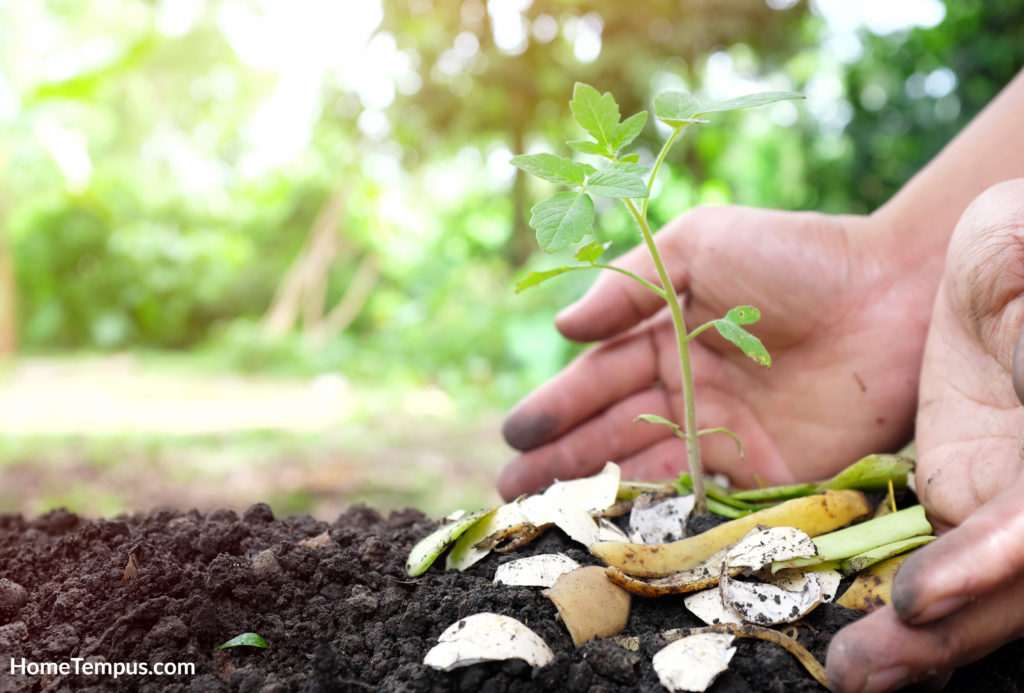
To ensure your tomato plants have a constant supply of all the necessary nutrients, it’s imperative to regularly fertilize the soil. Use a fertilizer that has calcium as well as a nitrogen-phosphorus-potassium base. A good ratio for your NPK fertilizer is 18-18-21.
Another great way to add fertilizer to the soil is to mix half a tablespoon fertilizer into a one and half-gallon bucket of water and water the garden with the solution.
Also always remember to fertilize the ground immediately after planting seeds and at least once every two weeks as the plants grow.
Temperature & Light
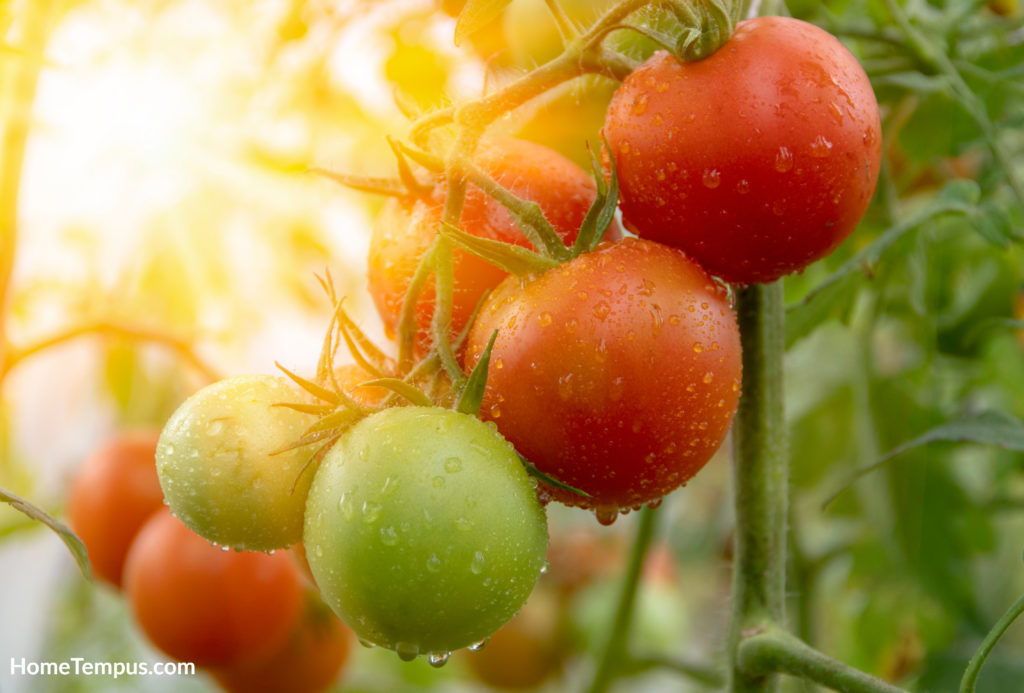
When trying to prolong the life span of your tomato plant, consider the temperature and light. the ideal temperature for tomato seeds to germinate is between sixty-five and eighty-five degrees Fahrenheit.
Tomatoes also need at least six to eight hours of direct sunlight. If you feel like they aren’t getting enough light, provide supplemental light via growing lights as light is important for the healthy development of leaves and to prevent spindly stems.
Water
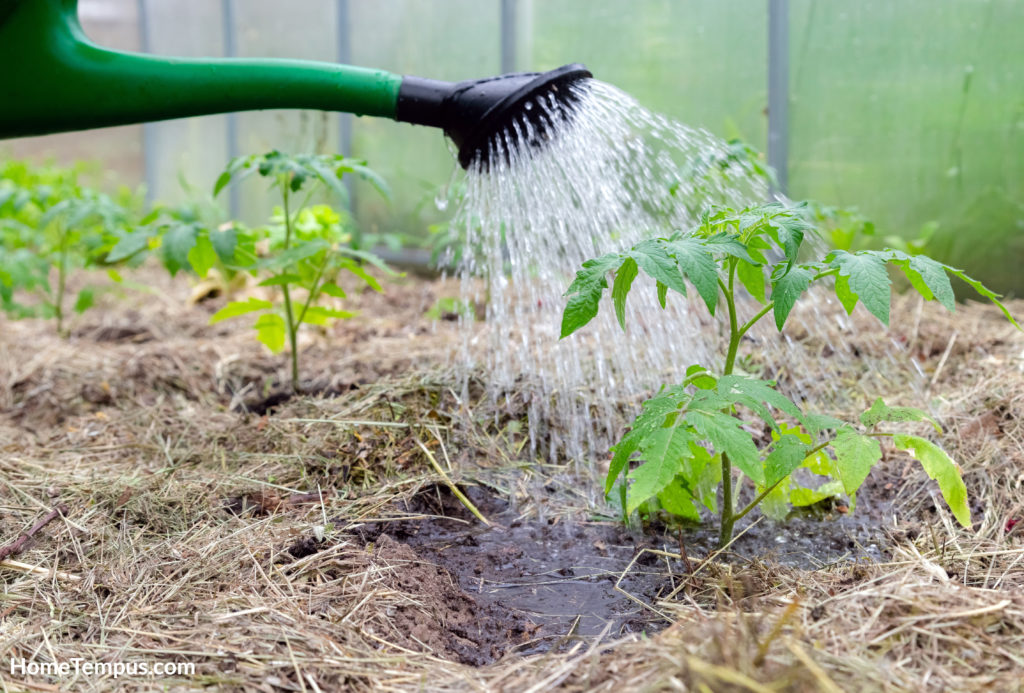
Like many plants, the most important factor is water when growing tomatoes. It’s important o water the ground immediately after planting to help seedlings settle into the ground.
For the rest of the growth cycle, water often ensures the ground remains moist. Make sure at least an inch of the sand is moist at all times, as soon as the top inch is dry, water the plant again.
Companion Plants To Plant With Tomatoes
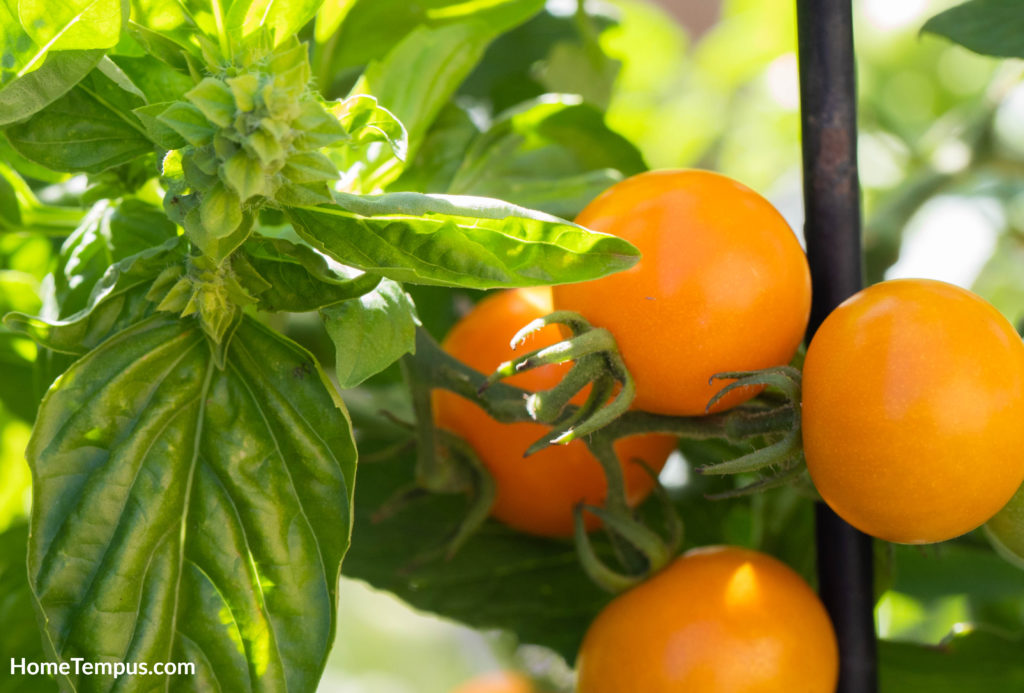
Another brilliant way to help promote perfect conditions for your tomato plant to flourish is to pair it up with other plants. Pairing plants can often help control pests and fertilize the soil for you.
Some great options to plant with tomatoes include thyme (which is a brilliant fertile mulch when planted near tomatoes and helps reduce armyworm egg-laying) and basil (which is known to stop thrips and tomato hornworms with its scent.)
You could also plant fennel flowers to encourage pollinators to your tomato plants with their nectar or plant cucumbers to help manage weeds as it becomes excellent ground cover with its wide foliage.
Lastly, consider planting sweet potatoes to help reduce disease transmission as it is a brilliant grown covering plant that stops fungal spores from splashing up from the ground with rain and landing on the fruit.
Recommended Reading
Caring for a Tomato Plant To Make it Last
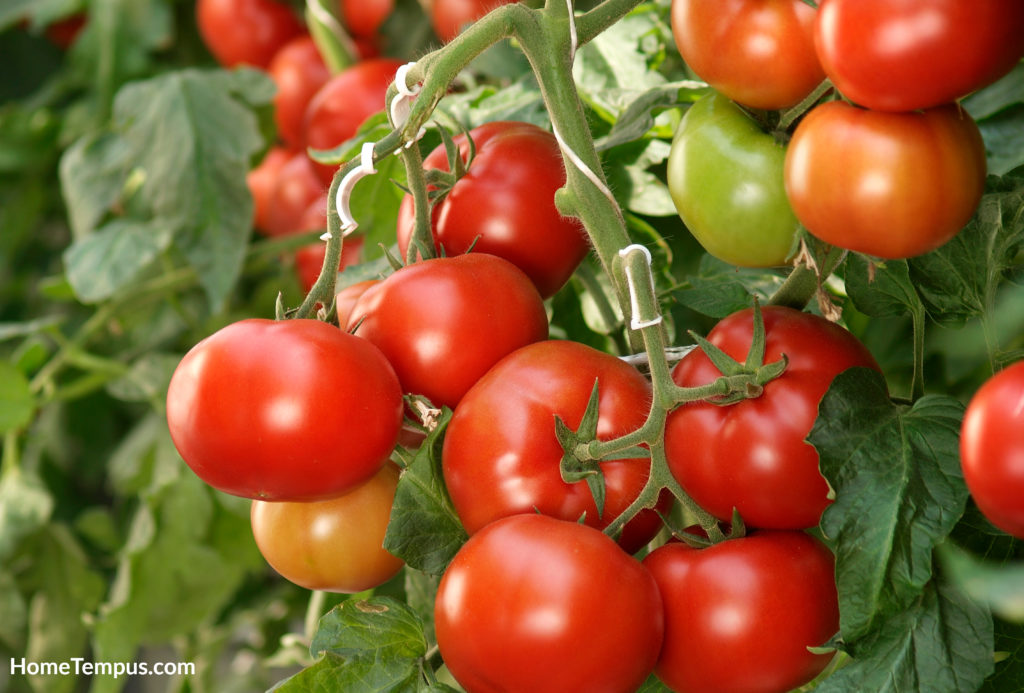
How to make your tomato plant live longer? Well, there are three key factors to consider: Treating and preventing any threats to its health, propagating the plant to replicate it, and lastly harvesting the fruit at the perfect time. Let’s unpack these options:
Treat Pest & Diseases Immediately
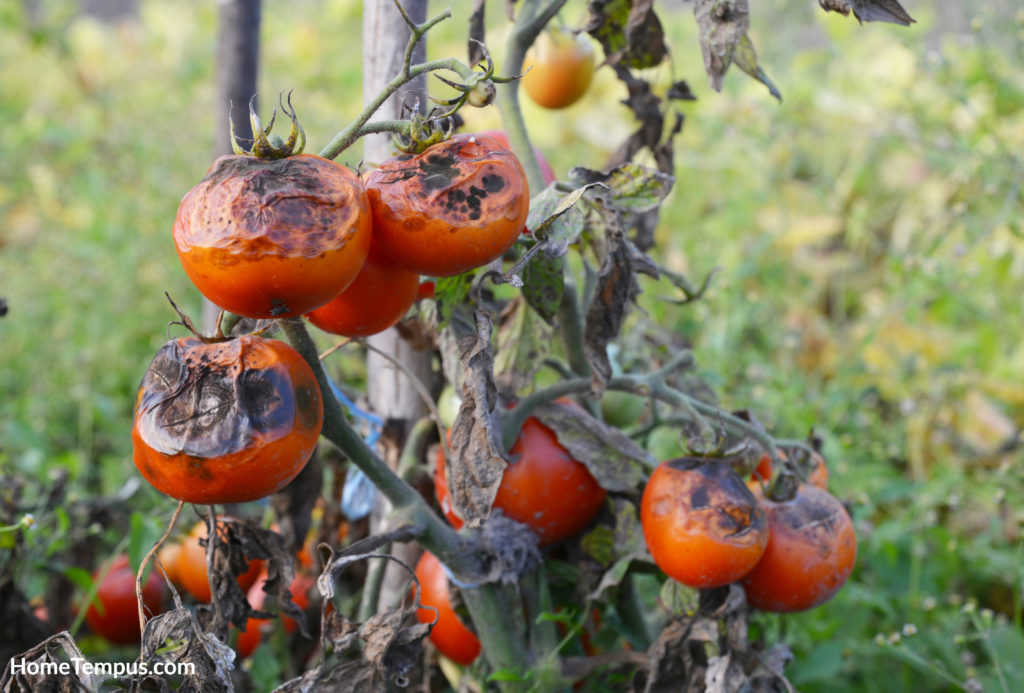
Pay careful attention to your plants so that you can quickly identify any signs of issues. If caught early it is usually possible to reverse any damage and stop it from spreading.
Things like mold or insect issues are usually easy and quick to treat. Make sure to keep garden fungicide and an organic pesticide on hand just in case.
Bring Tomato Plants Indoors When It Gets Cold
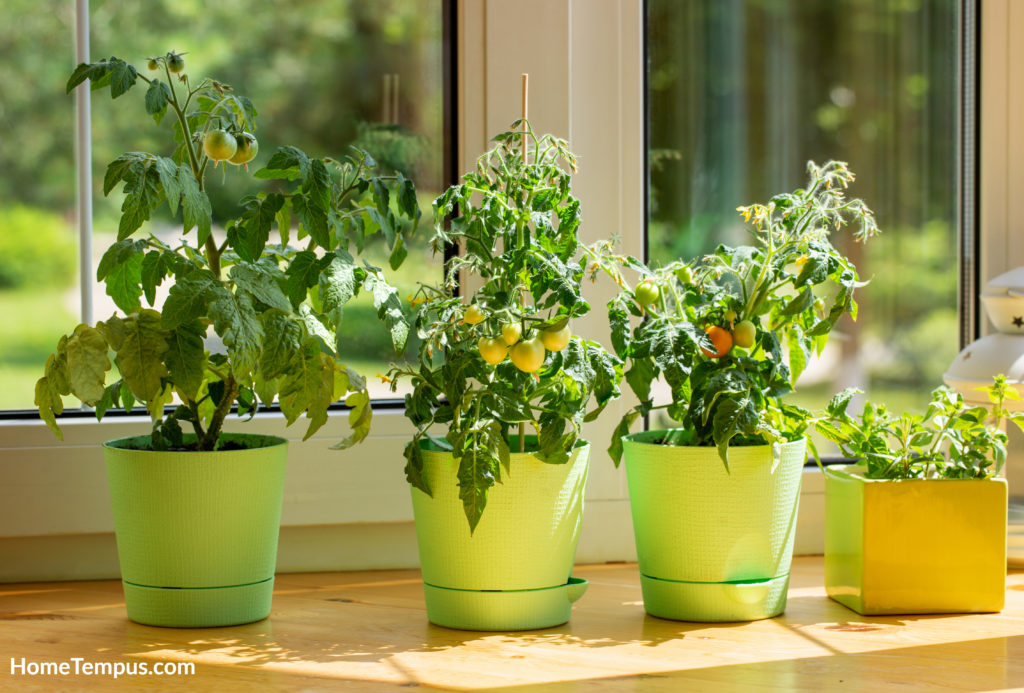
As we’ve established, tomatoes, like me, do not like the cold. In order to prolong the life span of your tomato plant, you will need to move it into the house during winter.
At the very first inkling of cold, start moving your tomatoes indoors. Keep a close eye on when the first frost will hit your area and start digging them up before it does. Transplant the tomatoes into a pot and move them to a warm sunny spot inside.
I highly suggest using grow lights and placing the plants either in a greenhouse or garage. Another great tip suggested by Urban Agriculturist Bonnie L. Grant is to move tomato plants into “unglazed clay pots as this allows them to breathe and improve soil aeration,” during winter.
However, if you forgot and the frost already hit, do not panic. The US Department of Agricultural Research claims tomato plants may be able to live through temperature drops as low as thirty-three degrees Fahrenheit. However, they will die if the temperature drops further than thirty-two degrees.
Keep in mind that there are also some cold-hardy varieties. These can flourish and even produce fruit when temperatures hit the low fifty to sixty degrees Fahrenheit.
Root Tomato Cuttings
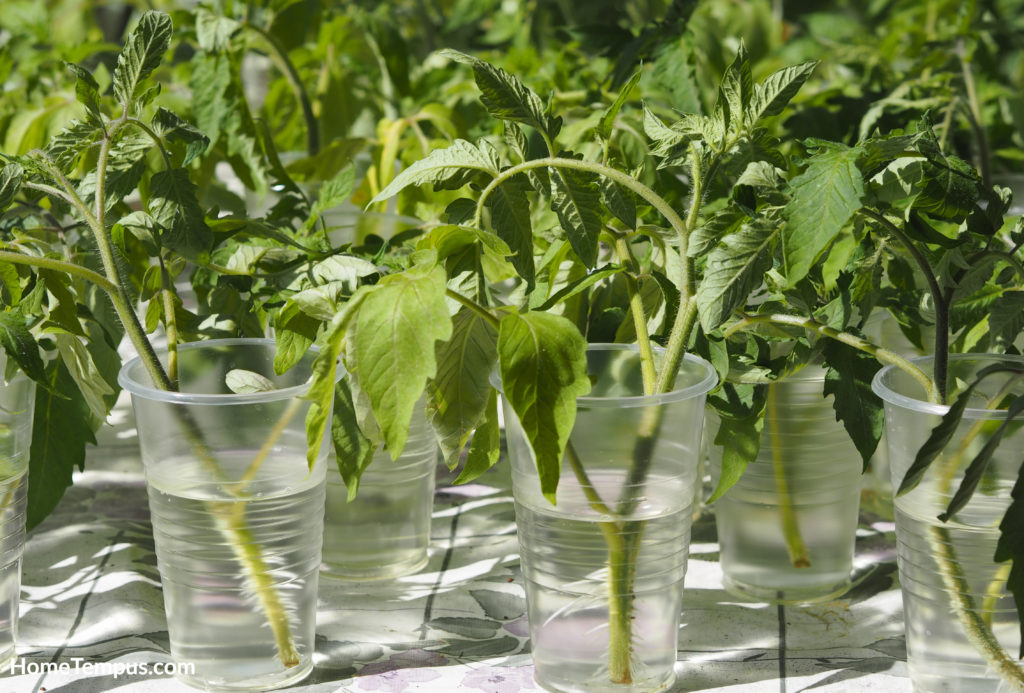
Finally, the best way to help your tomato plant live on “forever” is by taking healthy root cuttings and propagating them into new pots.
After May or June, the tomato plant should have produced its first healthy fruit. Once that is done, the plant will begin growing new shoots which you can prune to ensure the plant focuses its energy on making fruit not growing new leaves.
Save these cuttings and propagate them. This works great for tomatoes since you can get the cuttings to begin growing roots if left in water.
When to Harvest Fruit Before Ripening Begins
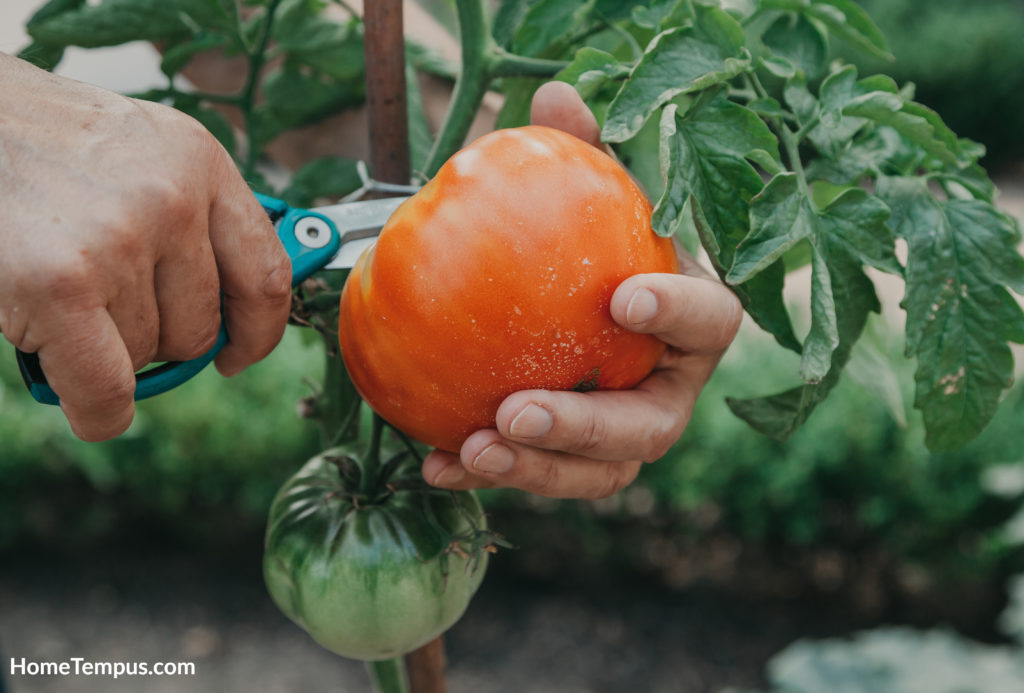
According to my research, the consensus is to harvest tomatoes when they just start to turn colour. This could be turning from green to slightly pink, orange or yellow depending on the type of tomato. Organic gardening educator and author Joe Lamp’l explains why saying:
“The breaker stage: once tomatoes appear ½ green ½ pink is when its stops taking nutrients from the plant and can be taken off the vine with no loss of flavor, quality, or nutrition.”
Ripening of the fruit is caused by ethylene gas made inside the fruit which triggers and controls the process.
Recommended Reading
FAQ
What Is The Best Season to Plant Tomatoes?
As we’ve established, tomatoes are definitely summer babies that are terrified of the cold. Thus, the best time to plant tomatoes is at the end of winter so they can be ready for outside as the weather warms up.
A great time to plant them is in late spring and early summer unless you intend to have them in a greenhouse with controlled conditions in which case it does not matter.
Benefits Of Epsom Salt For Tomato Plants?
We’ve explained the importance of ensuring the soil has all the nutrients your plant needs. However, if you notice yellow leaves, it may be time to break out the Epsom salts (magnesium sulfate).
Adding it to seedlings and soil helps ensure strong cell walls and improves nutrient intake. It can also be used to replace a foliar spray on older plants as it helps the plants make juicier and bigger fruit.
Do Tomatoes Grow Better in Pots or in the Ground?
This depends a lot on the type of tomatoes you are growing. However, most tomatoes will do great in both if the soil is loose and nutrient-rich. Please remember it has to be able to drain well.
I suggest trying more compact tomatoes, or bush varieties in a pot but planting indeterminate tomato varieties which tend to be larger with more complicated roots in the ground.
How long can a hydroponic tomato plant live?
Hydroponics is all the rage right now but how long do tomato plants live when grown in this system? Well, research from Upstart University in collaboration with developers of vertical farming technology claims around eight to eleven months at least.
Tomatoes grown hydroponically means they are not grown in soil but rather in nutrient-rich water. Thus if you manage to create the perfect water conditions and atmosphere it is possible for the plant to live for up to two years.
How long do cherry tomato plants live?
Cherry tomatoes, unlike normal tomatoes, can live for a number of years. The average life span of a cherry tomato tree is between four and five years.
After this, the plant has usually depleted the natural resources in the soil and will no longer get the needed nutrients to continue producing fruit.
That said, however, if you manage to maintain ideal conditions including a constant supply of nutrients, stable warm temperatures and no pests or diseases, the plant may continue growing for a number of years beyond its expected lifespan.
How Long Do Tomato Plants Live in a Greenhouse?
Greenhouses are a gardener’s dream. The ideal way to manufacture nearly perfect conditions is through a well-managed greenhouse.
Thus it should come as no surprise that greenhouse-grown tomato plants have a whopping three to five-year life expectancy.
With year-round regulated temperatures, humidity, and protection from pests and insects, it’s heaven for plants.
How Long Do Tomato Plants Live Indoors?
According to studies, if the perfect conditions are cultivated, tomato plants can possibly survive at least two years or growing seasons.
That said, Gill Matthews, who has a Plant Biochemistry & Soil Science says that tomato plants will struggle indoors, especially after the first year, because lots of sun light is the key for a healthy plant. The plant will struggle to produce tomatoes.
Conclusion
In conclusion, a tomato plant is usually only going to live through one full growth cycle before succumbing to the conditions it is exposed to. However, as we’ve noticed in the article there are many ways to alter the lifespan of a tomato plant.
We now also know that there are many ways to cultivate tomatoes including: in homes, greenhouses, outdoors, or hydroponically and that the plant’s health and ability to flourish heavily depends on many factors. This includes the climate, pests, and nutritional availability as well as water.
It’s also clear to see that different varieties of tomatoes have different needs and different methods of gardening will produce different results. Lastly, we learned that picking the tomatoes before they ripen completely and planting companion plants will help to further extend the lifespan of the tomato plants.

